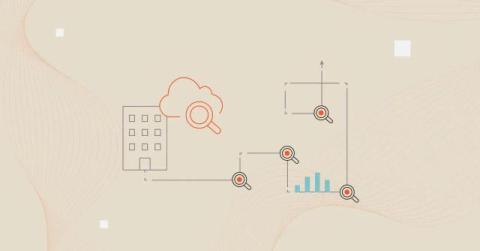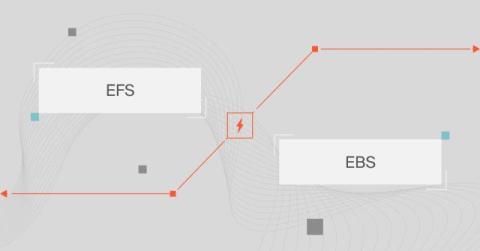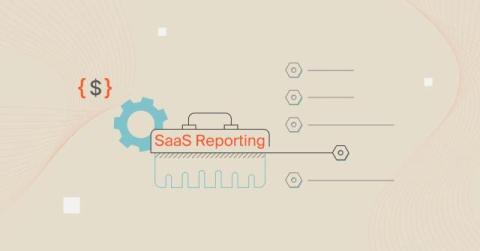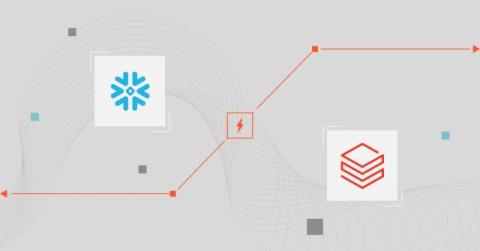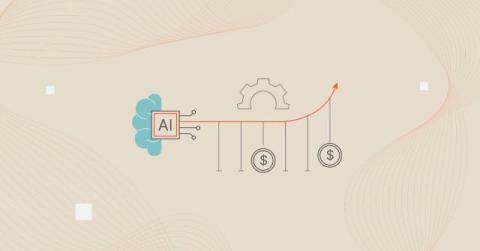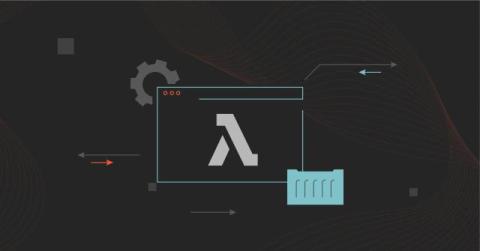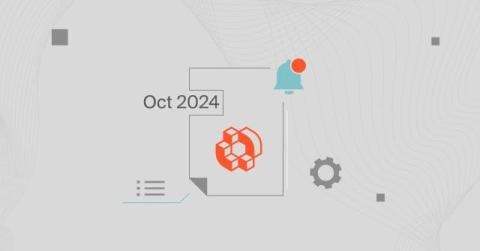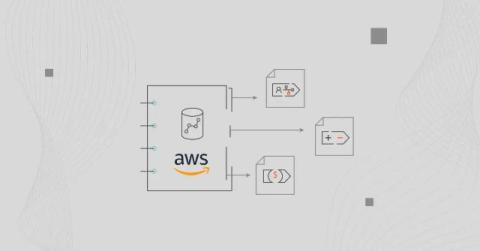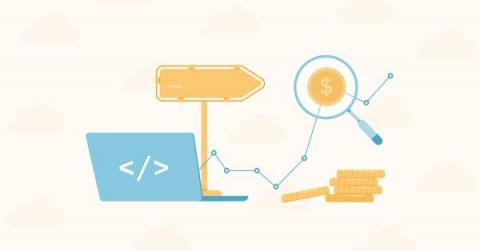CloudWatch Metrics Your Organization Should Track
Metrics are crucial to maintaining efficiency, managing costs, and ensuring the health of cloud resources. Amazon CloudWatch can track over 100+ metrics by default across many AWS services such as EC2, RDS, Lambda, S3, and more. In this guide, we’ll explain the different types of CloudWatch metrics and how to set them up. We’ll also help you understand how to manage and optimize expensive CloudWatch logs through a cost intelligence approach. But first…


